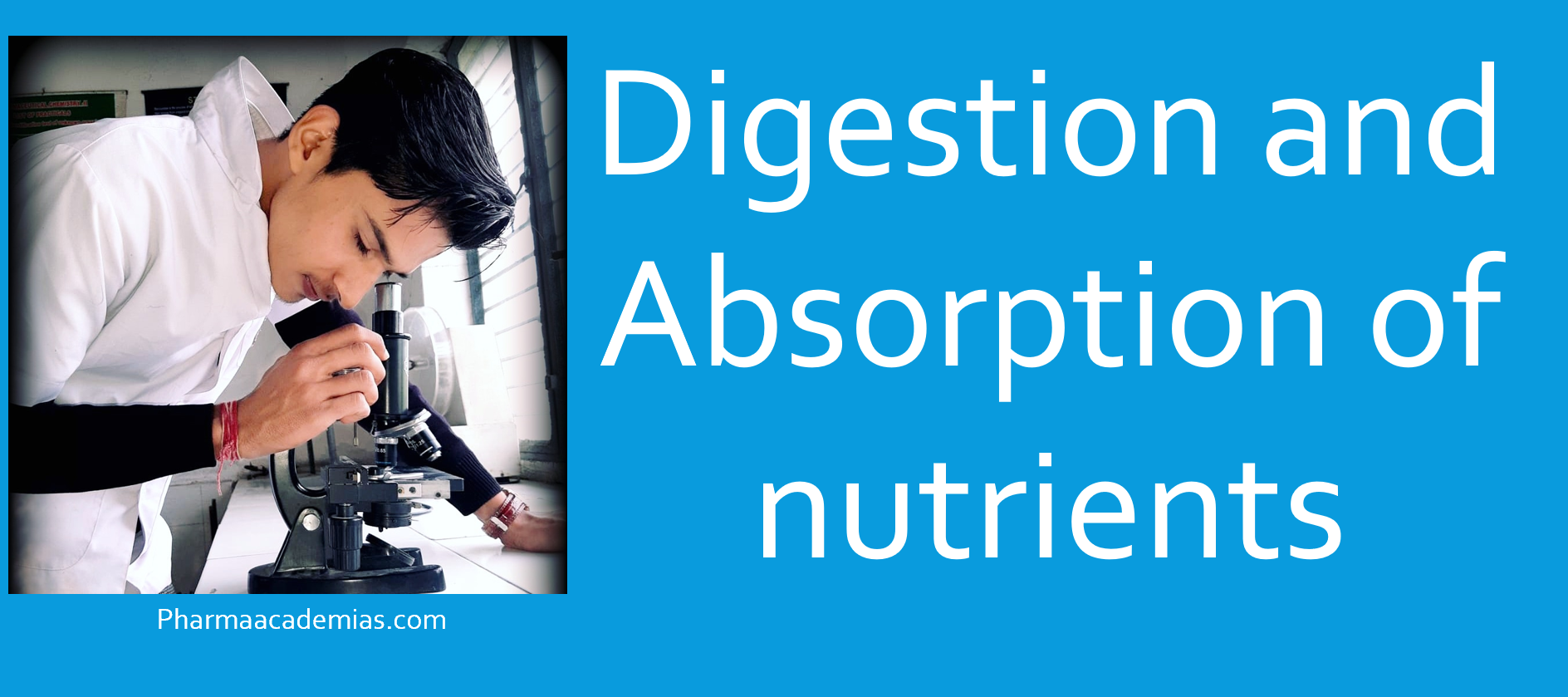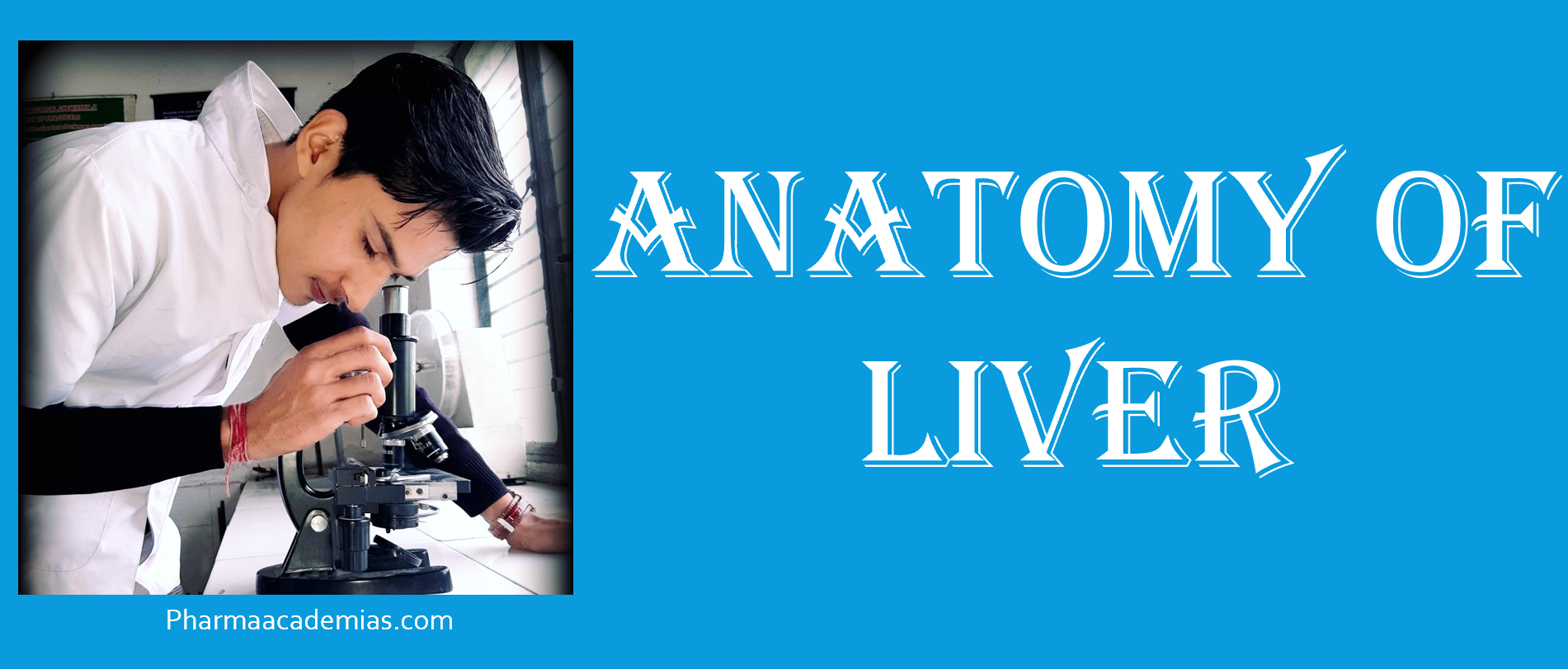Digestion and Absorption of nutrients
Digestion involves breaking down food into smaller components for cellular absorption and utilization. Absorption is the uptake of these components into the bloodstream or lymphatic system for distribution to cells. The gastrointestinal tract (GIT) is where most digestion and absorption of nutrients occur. Here’s an overview of the processes for different macronutrients: 1.Carbohydrate: 1. Digestion: … Read more








